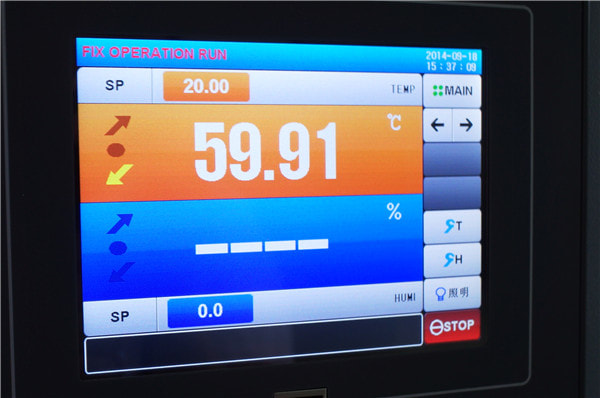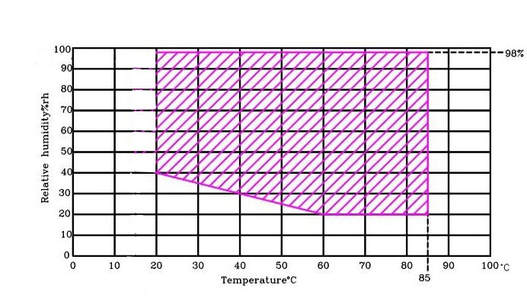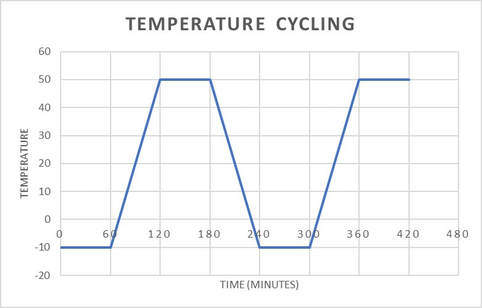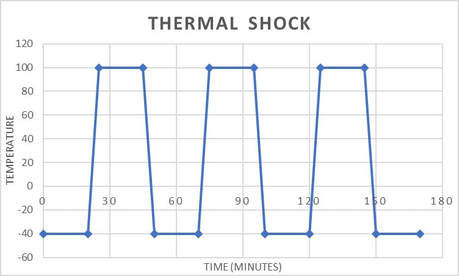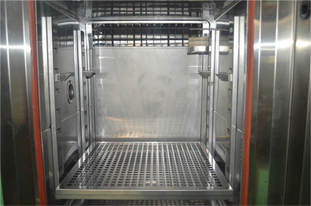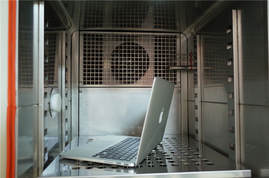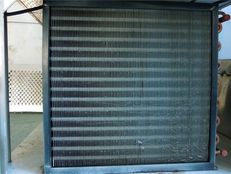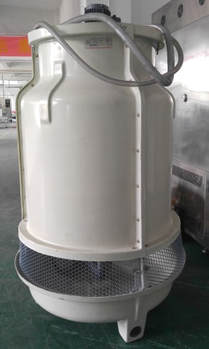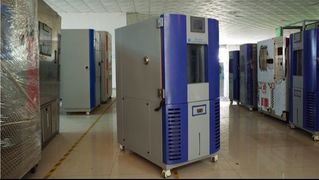|
Temperature and Humidity test chamber (which is also called environmental test chamber) is designed to evaluate the product’s quality and reliability against different environmental conditions, especially for temperature and humidity. Temperature and Humidity Test Chamber is commonly used by researchers from different industries such as electronic, electrical, communication, automotive, medical, aerospace and so on. Let’s say, your company has a project to test a new product for various environmental conditions. You are given a task to source and identify a temperature and humidity test chamber that is able to perform the test. How do you start? What criteria do you need to take note in the selection of a right chamber and supplier? Is price always your determining factor or quality of the product or after sales service is more important to you? In order to make the best decision to purchasing a suitable temperature and humidity chamber, several factors need to be considered. This article is written with the purpose to help you make informed decisions. I am going to share 6 things you should consider prior to making a selection or choice.
Temperature Range "Firstly, the temperature range is a major parameter in selecting a chamber"If your test requires more than the standard temperature, it is possible to customize the chamber. Just make sure you give your chamber supplier the test details. The ultimate low temperature required for your testing determines the type of refrigeration system needed. Humidity Range Relative humidity (RH) is dependent on water vapor pressure and temperature in the test chamber. At low temperature, the system may achieve high relative humidity with less water vapor. On the other hand, more water vapor is required at a higher temperature to attain high relative humidity. The standard temperature-humidity range for most test chamber is 10°C to 85°C with 10% to 98% RH. There is a limit to the lowest temperature the chamber can go due to the possibility of dew or fog forming. The dew point of the test chamber is usually defined at 10°C. In the test chamber, the refrigerated coil is never set to 10°C or below freezing so that the frost will not form. "The standard temperature-humidity range for most test chamber is 10°C to 85°C with 10% to 98% RH" |
| Water-cooled could be a good solution if the chamber is positioned in a dirty environment. In a water-cooled system, the condenser is usually placed outdoors. Nevertheless, a water-cooled system is more complicated and expensive to install. Refrigeration piping,water tower mounting, electrical wiring and water supply works are required for this type of system. As you can see, installation can be messy and cost extra to you. |
"Water-cooled could be a good solution if the chamber is positioned in a dirty environment"
Summary
As a conclusion, there are many different types of test chambers available. To determine which type of chamber you need, you have to be clear about your application.
It is essential that you communicate the test and product information to your supplier, as detailed as possible.
As a conclusion, there are many different types of test chambers available. To determine which type of chamber you need, you have to be clear about your application.
It is essential that you communicate the test and product information to your supplier, as detailed as possible.
What is the chamber size needed? What is the test specimen? What temperature or humidity range is required? Is the chamber to be air-cooled or water-cooled?
These are the fundamental questions that you must be clear before purchasing a temperature and humidity test chamber.
These are the fundamental questions that you must be clear before purchasing a temperature and humidity test chamber.
Affordable Test Chambers with Excellent After Sales Support
We offer a wide range of temperature chamber, humidity chamber, thermal shock chamber, walk-in chamber, other types of environmental chambers or even customized chamber to your special requirement. All our chambers are offered at an affordable price (we care your budget), come with product warranty and excellent after sales service which will surely satisfy your need. Contact us to check it out.
We offer a wide range of temperature chamber, humidity chamber, thermal shock chamber, walk-in chamber, other types of environmental chambers or even customized chamber to your special requirement. All our chambers are offered at an affordable price (we care your budget), come with product warranty and excellent after sales service which will surely satisfy your need. Contact us to check it out.
Comments are closed.


